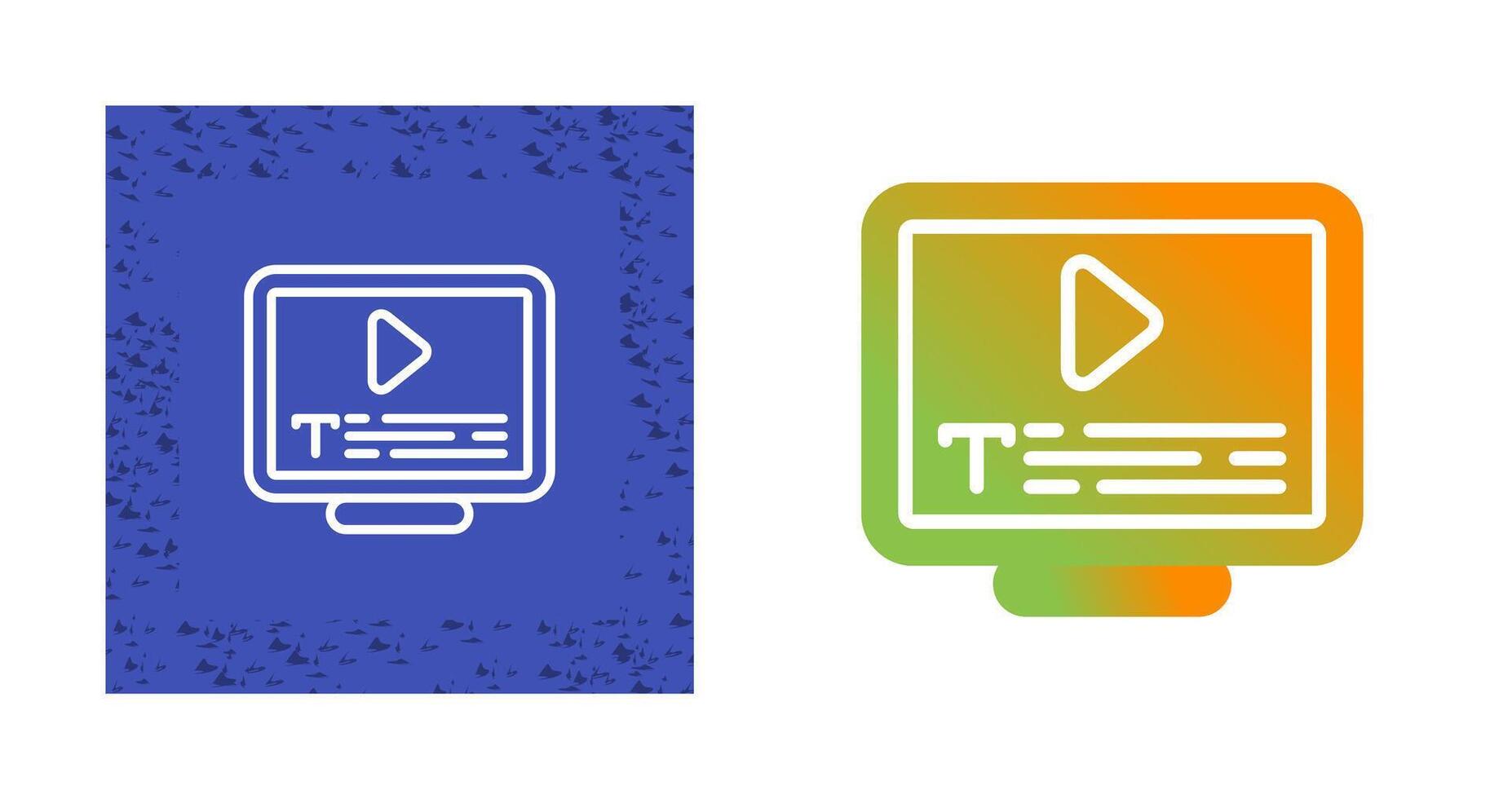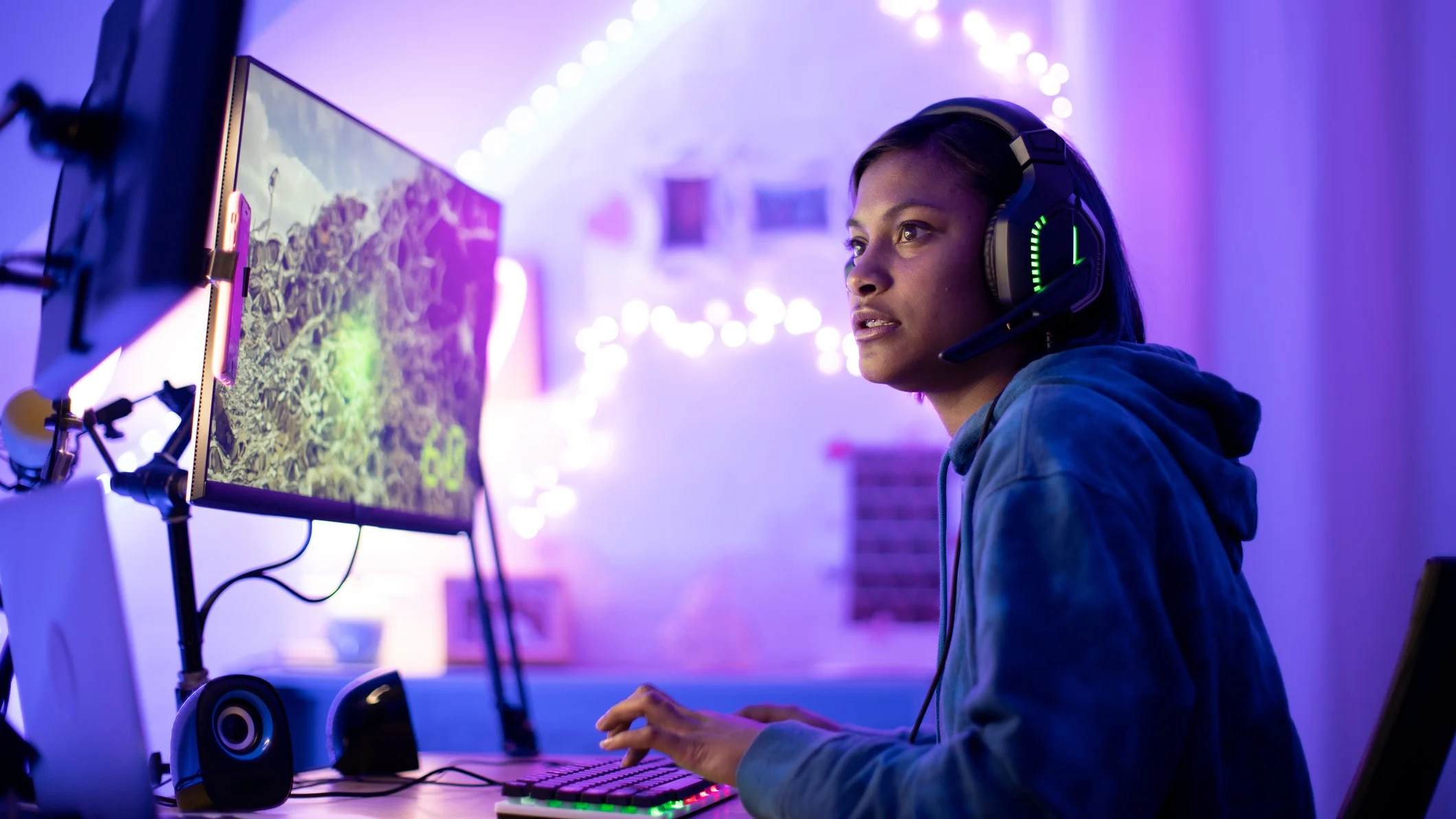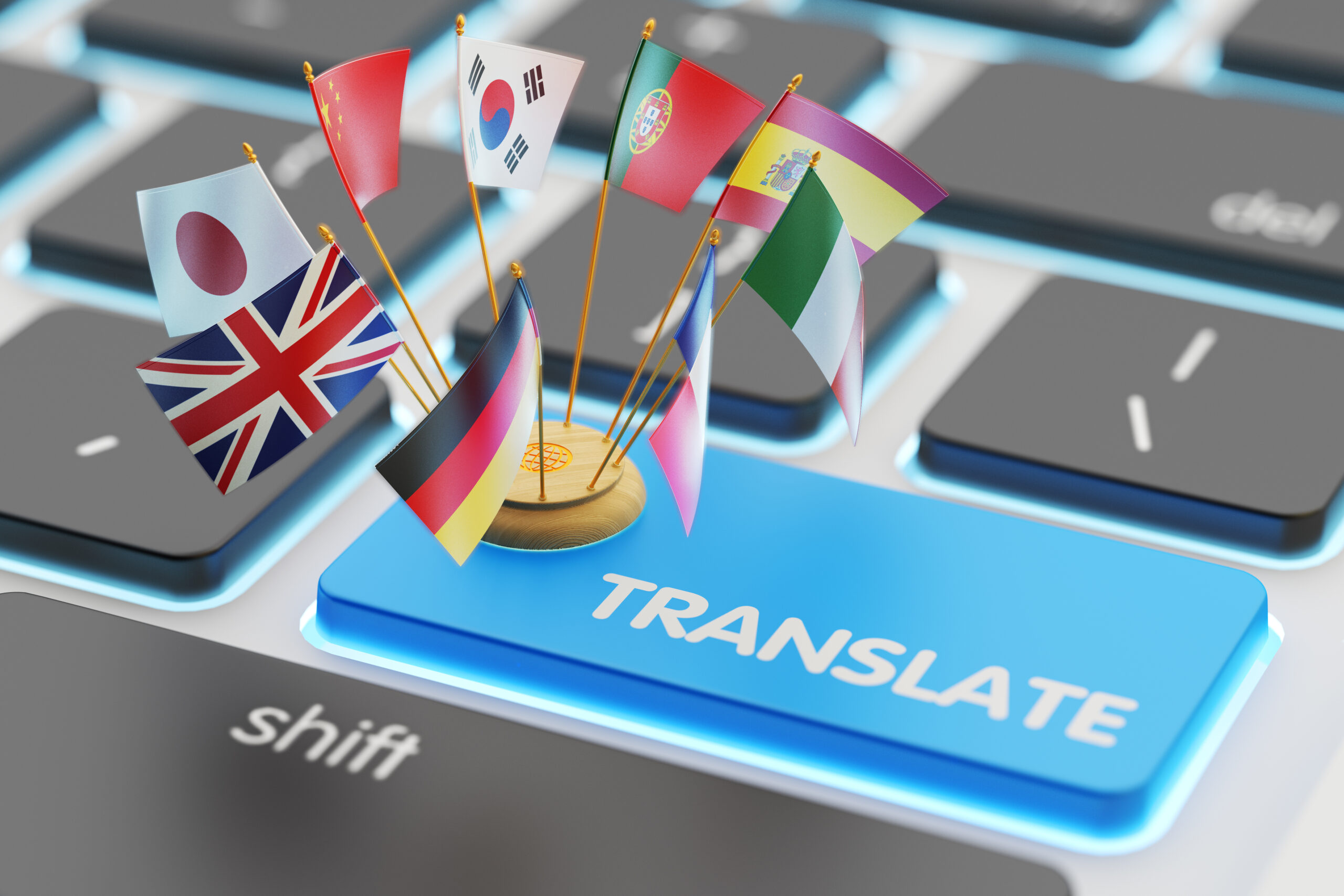Picture this: You're watching a documentary on your laptop during a crowded commute, relying on subtitles to catch every word amid the chatter. Or think about a blind friend trying to follow a thriller movie without any narration for the silent, tense scenes. Moments like these remind us how easily multimedia can shut people out if it's not designed with everyone in mind. Localizing content—adapting it for different languages and cultures—offers a perfect chance to build in accessibility right from the start. Features like closed captions for the hearing impaired and audio descriptions for those with vision challenges aren't optional extras; they're key to making sure no one gets left behind in our shared digital spaces.
The Real Impact of Making Content Accessible
In a world where videos, games, and podcasts shape so much of our daily lives, overlooking accessibility means ignoring huge swaths of the population. The stats paint a stark picture: Globally, more than 1.5 billion people deal with hearing loss, and experts predict that by 2050, over 700 million will have severe enough cases to need support. On the vision side, around 2.2 billion folks face some level of impairment, with about half of that being avoidable if caught early. These numbers aren't just data points—they're about real lives, from kids learning online to adults enjoying a binge-watch session.
When content falls short on inclusivity, it doesn't just frustrate users; it limits its own potential. I've seen how in places like bustling Asian cities or multilingual European communities, poorly adapted media can feel alienating, missing the cultural beats that make stories click. But flip that around: Research shows that adding accessibility ramps up engagement, with viewers sticking around longer and rating content higher when it's easy to follow. By tying localization to these features, creators can open doors wider, turning passive watchers into active fans and boosting overall reach.
Closed Captions: More Than Just Words on Screen
Those switchable text lines that spell out dialogue, background noises, and even music cues? Closed captions are a lifeline, especially for anyone hard of hearing, but they help all sorts of people—think non-native speakers piecing together a new language or someone muting a video in a quiet library. The evidence is solid: Over a hundred studies have dug into this, finding that captions sharpen focus, help lock in memories, and make complex info easier to digest. In classrooms, for instance, kids retain up to 20% more from captioned lessons, which is huge for diverse groups tackling tough subjects.
Localization takes this up a notch by going beyond straight translations. A punchy line that lands perfectly in English might flop in Spanish if it ignores local slang or customs. I remember working on a project where a casual American reference had to be reworked into something that resonated in Brazilian Portuguese—keeping the rhythm tight so the captions didn't lag. The trick is involving locals who get the nuances, steering clear of clunky word swaps that could confuse or even upset viewers. Done right, it makes the content feel homegrown, pulling people in deeper.
Audio Descriptions: Bringing Visuals to Life Through Sound
Now, for folks who can't see the screen well, audio descriptions step in—quiet narrations slipped into dialogue breaks that explain what's happening visually, like a character's sly grin or a sweeping landscape. This turns a sight-based experience into something audible, letting visually impaired viewers catch every twist in a story. Groups like the American Foundation for the Blind stress how vital this is for full immersion in films or shows, filling in gaps that dialogue alone can't cover.
Cultural adaptation here is tricky but rewarding. Describing a festival scene from Mexico, say, might need extra context on traditions for an audience in Germany to really get it. In quicker-paced cultures, like in Japan, you might trim descriptions to keep the flow snappy, while in more narrative-driven spots, you expand them. It's all about matching the voice—calm and descriptive for dramas, factual for docs—and syncing it so it doesn't clash with the soundtrack.
Practical Steps for Thoughtful, Inclusive Localization
Getting this right starts with a clear plan. Break down your content first: Spot the bits—dialogue, visuals, sounds—that scream for tweaks. Team up with pros who know the ropes on language quirks, like adjusting text styles for scripts that read right-to-left.
Testing is non-negotiable—run it by mixed groups to iron out any cultural hiccups. For dubbing those descriptions, pick voices that fit the vibe, and make sure everything slots into user-friendly platforms where switching languages or features is a breeze.
Look at outfits like Artlangs Translation for inspiration; they've been at this for years, handling over 230 languages with expertise in everything from general translations to video tweaks, subtitling short dramas, localizing games, and dubbing audiobooks or mini-series. Their portfolio is packed with wins, like revamping a series of training videos for Middle Eastern viewers by weaving in regional idioms into captions and descriptions, which spiked interaction rates. It's proof that deep experience can make localization feel effortless and genuinely welcoming.
Embracing a Broader Vision for Digital Content
At its core, blending accessibility with localization is about fairness—crafting a space where billions with impairments aren't sidelined. It aligns with standards like WCAG, and the benefits show in happier audiences and stronger metrics, from more shares to glowing reviews.
If you're in the content game, dip your toe in: Check your latest piece for these elements, then localize with care. Lean on specialists to navigate the details. You'll end up with media that doesn't just inform or entertain—it includes, connects, and inspires across the board.











